Which Plastic Can Be Recycled?
2022-10-31
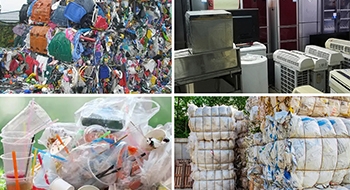
Article Paragraph
Ⅰ Overview
Ⅱ What are the recyclable plastics?
Ⅲ The advantages of plastic
Overview
Plastic recycling refers to the use of certain recycling processes to recycle and reuse waste plastics to achieve the purpose of turning waste into treasure. The waste plastics are mainly plastic films, plastic filaments and woven products, foamed plastics, plastic packaging boxes and containers, daily plastic products, plastic bags and agricultural mulching films. With the increasing consumption of plastic products, waste plastics are also increasing. Plastics for automobiles, plastics for electronic appliances and home appliances, etc. These products become one of the important sources of waste plastics after they are scrapped. If the storage, transportation and processing of these waste plastics are not properly applied and post-processing of the waste plastic raw materials waiting to be processed, they will inevitably damage the environment and endanger health.
.jpg)
What are recyclable plastics
Basically, all plastic products can be recycled, such as mineral water bottles, disposable lunch boxes, buckets, basins, medicine bottles, etc. that are often seen in life, all of which can be recycled, just depending on the difficulty of recycling.
1. Electrical office supplies, such as televisions, telephones, computers, printers, fax machines and other plastic casings, usually HIPS or ABS. To identify ABS or HIPS, look at the gloss and scrape the surface of the product with ethyl acetate, and the silk is HIPS.
2. Daily plastic products, such as trash cans, turnover boxes, tool boxes, lotion containers, milk bottles, supermarket plastic bags, etc. use HDPE plastics; microwave tableware, fresh-keeping boxes, disposable plastic cups, bottle caps, and straws use PP Plastic; high-quality plastic stools and plastic barrels mostly use copolymerized PP (some manufacturers use recycled PP or homopolymeric PP to reduce costs, and the products produced are easy to brittle, especially under low temperature conditions).
3. Mineral water bottles and PET bottles are mostly made of PET.
Fourth, drinking cups, baby bottles, etc., mostly use PC, PP, PCTG, etc.
5. Plastic parts of automobiles and motorcycles mostly use ABS plastics.
Sixth, the film. There are more plastics for film, depending on whether it is used for industrial packaging, food packaging, or agricultural production. Generally, PE (LLDPE, LDPE, HDPE), PP, PVC can be used as films, and EVA, PA, PMMA, etc. can also be used for salivation special composite films.
Seven, pipes, outdoor furniture, raincoats, etc., mostly use PVC.
8. Tube packaging of toothpaste and facial cleanser, etc., mostly use LDPE
Nine, PS polystyrene is divided into unfoamed or foamed. Unfoamed is Styrofoam, which is commonly found in some beverage containers (such as Yakult); foamed foam is commonly known as styrofoam, which is commonly used in packaging rubber granules, disposable thermal insulation cups, packaging frozen meat containers, and lunch boxes.
10. Other recyclable plastic products include polymethyl methacrylate (PMMA), polycarbonate (PC), polylactic acid (PLA), nylon (Nylon) and glass fiber reinforced plastic (FRP), biaxially oriented polylactic acid film ( BOPLA), etc.
The advantages of plastic
1. Most plastics have strong corrosion resistance and do not react with acids and alkalis.
2. The plastic manufacturing cost is low.
3. Durable, waterproof and lightweight.
4. It is easy to be molded into different shapes.
5. It is a good insulator.
6. Plastics can be used to prepare fuel oil and fuel gas, which can reduce the consumption of crude oil.



.jpg)
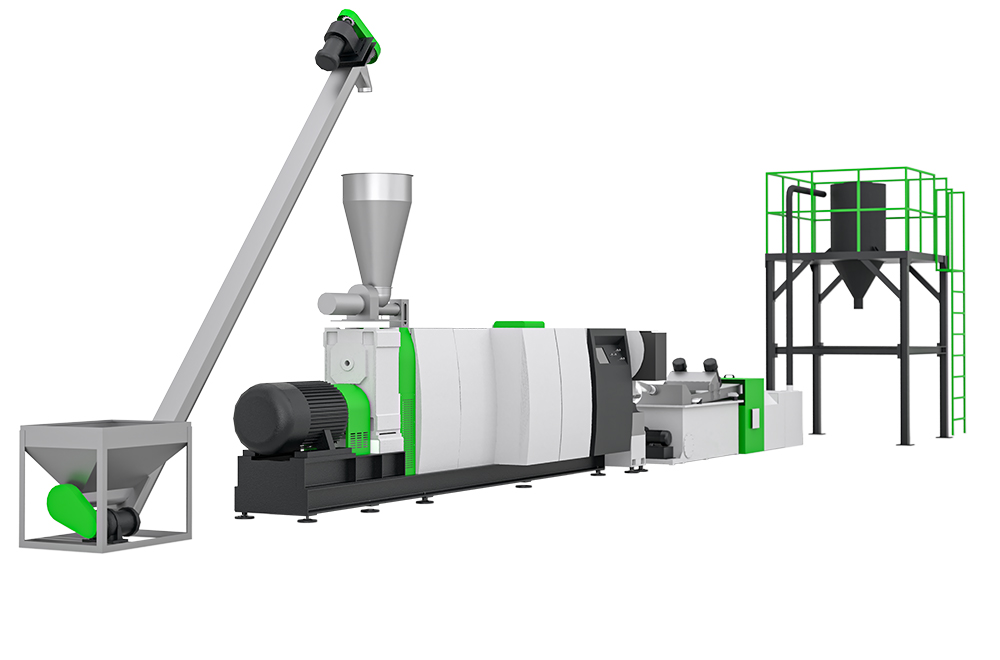
.jpg)
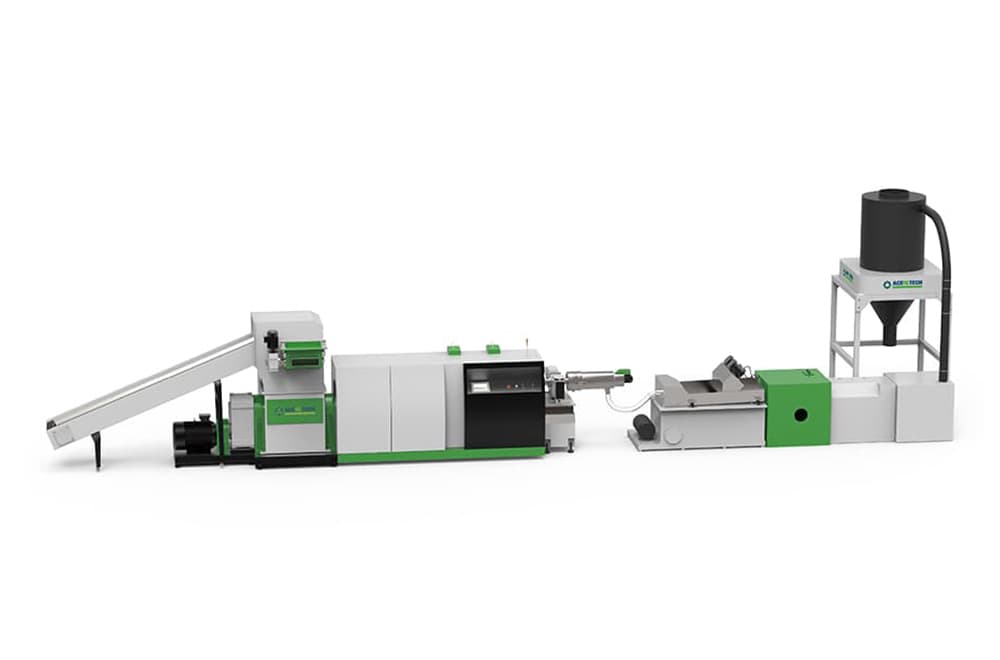
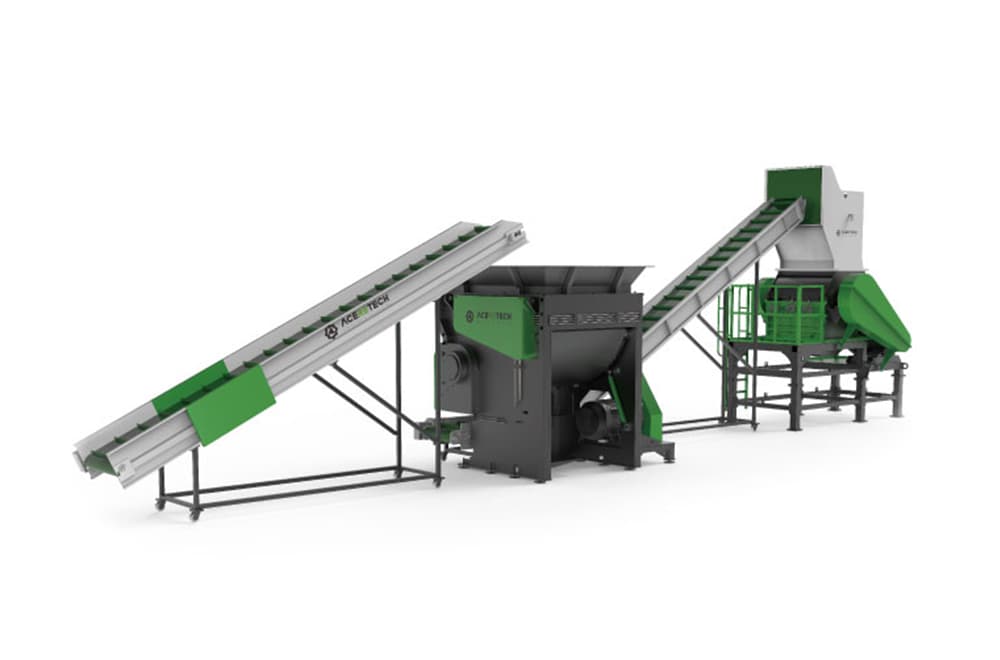
.jpg)
.jpg)
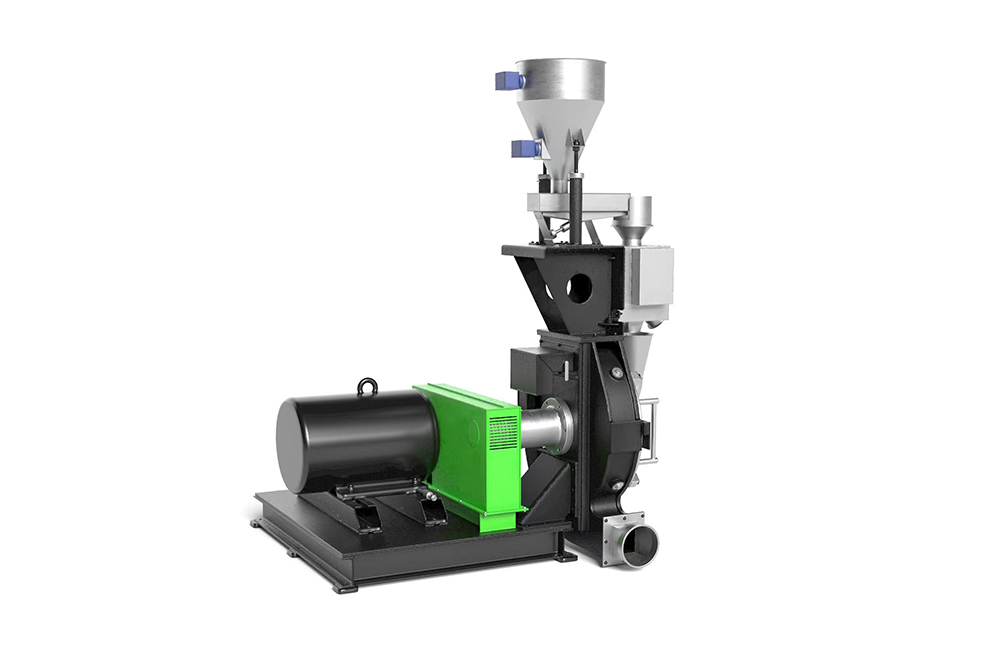
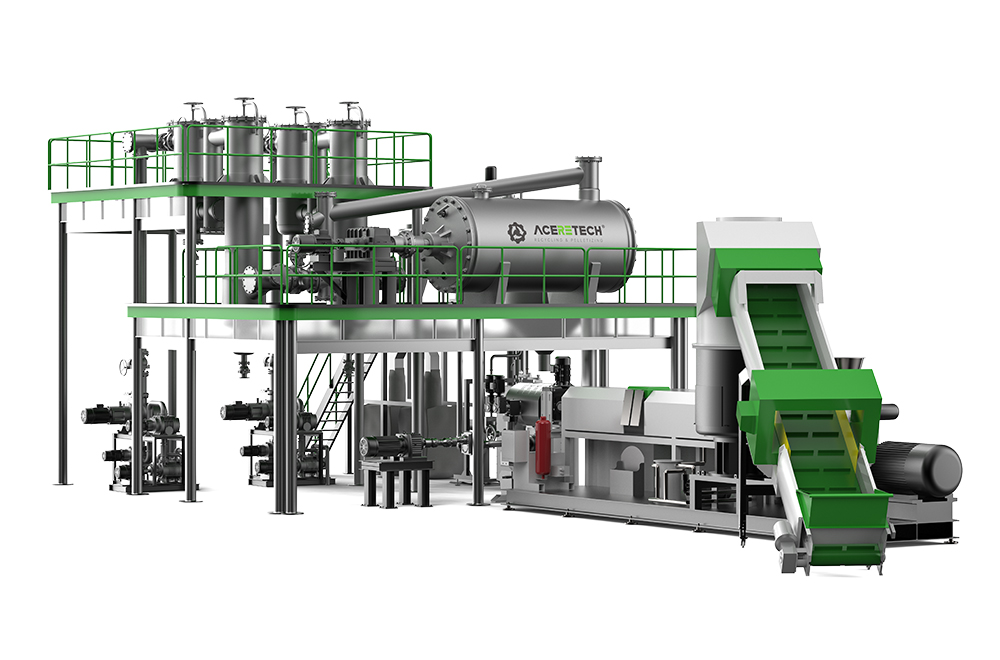
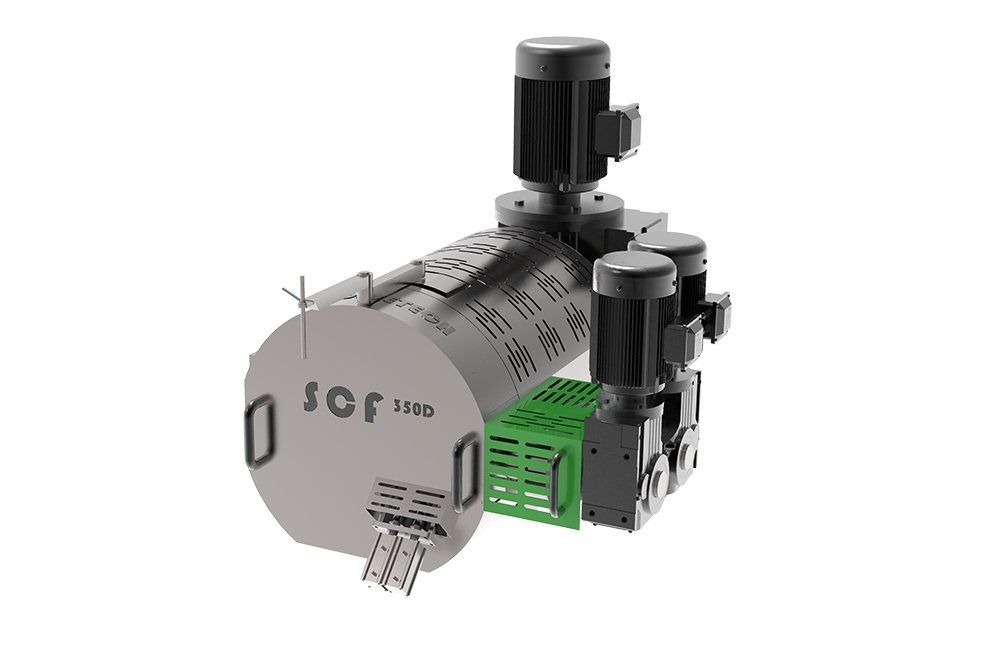
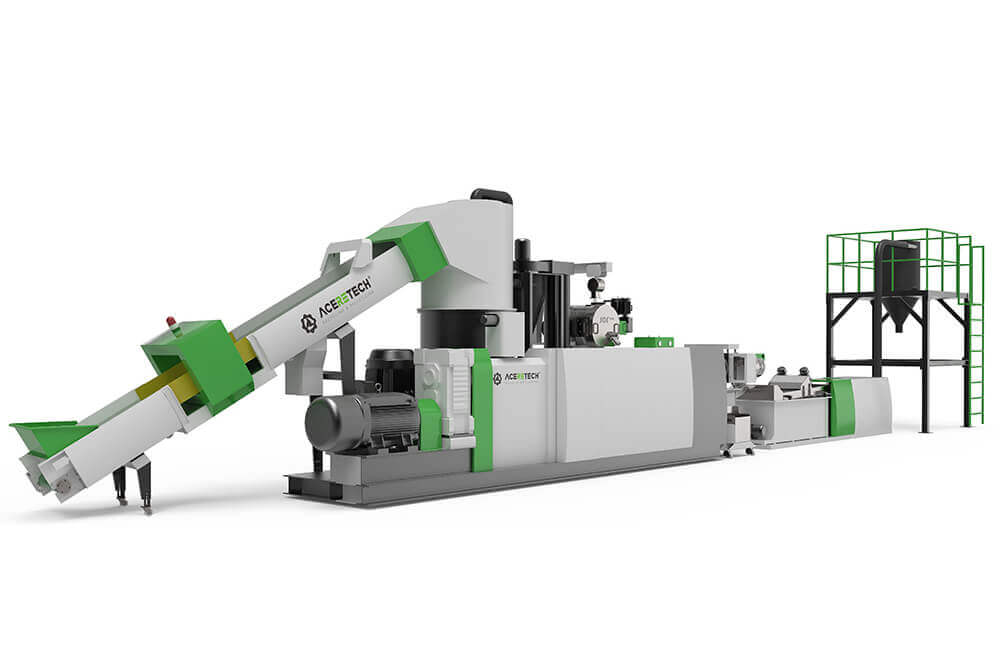
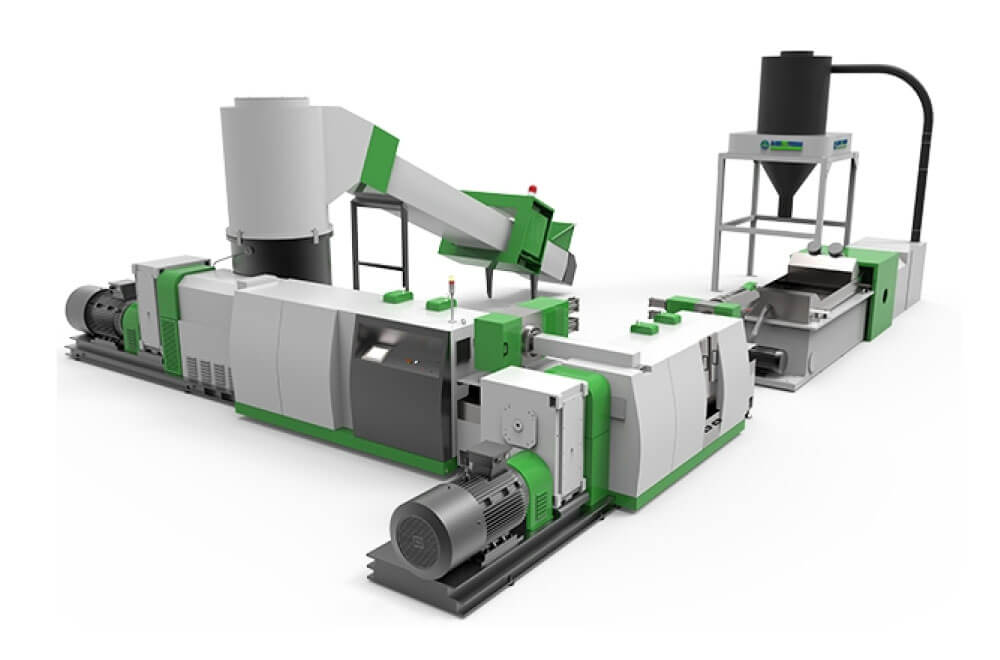
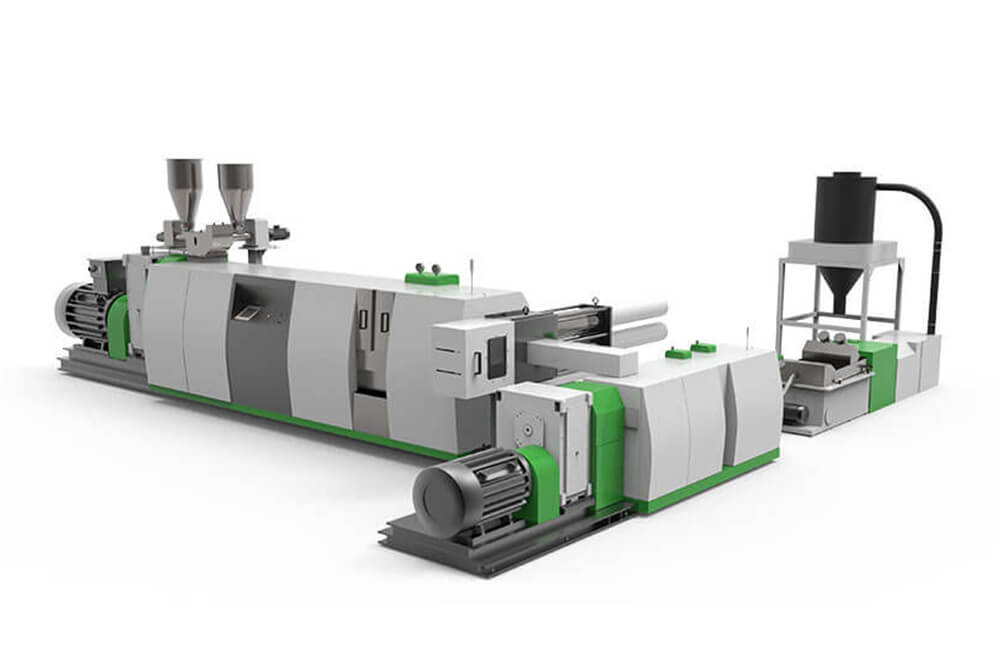
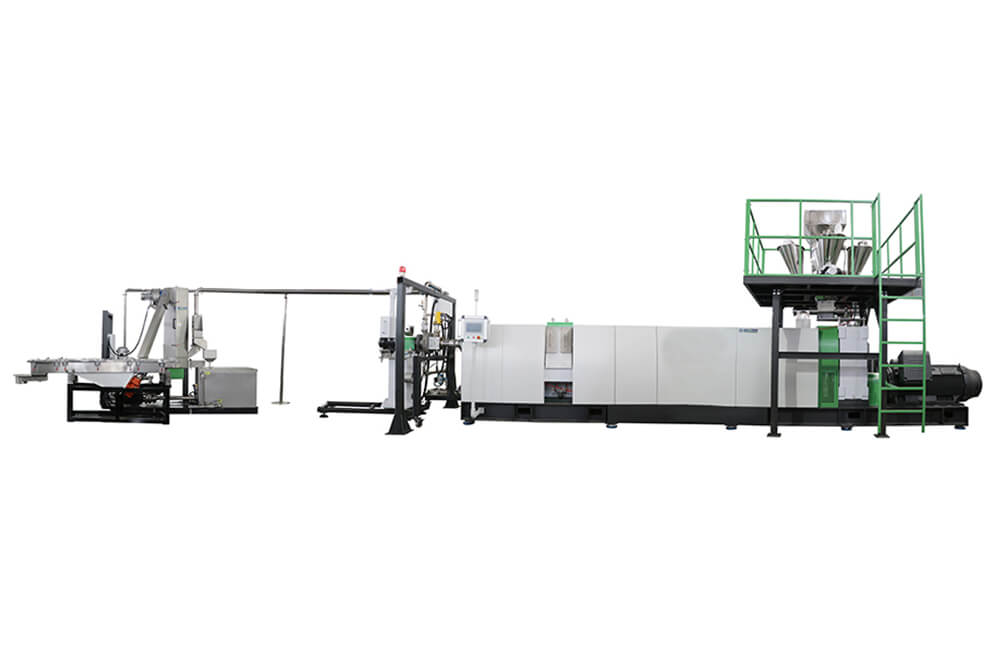
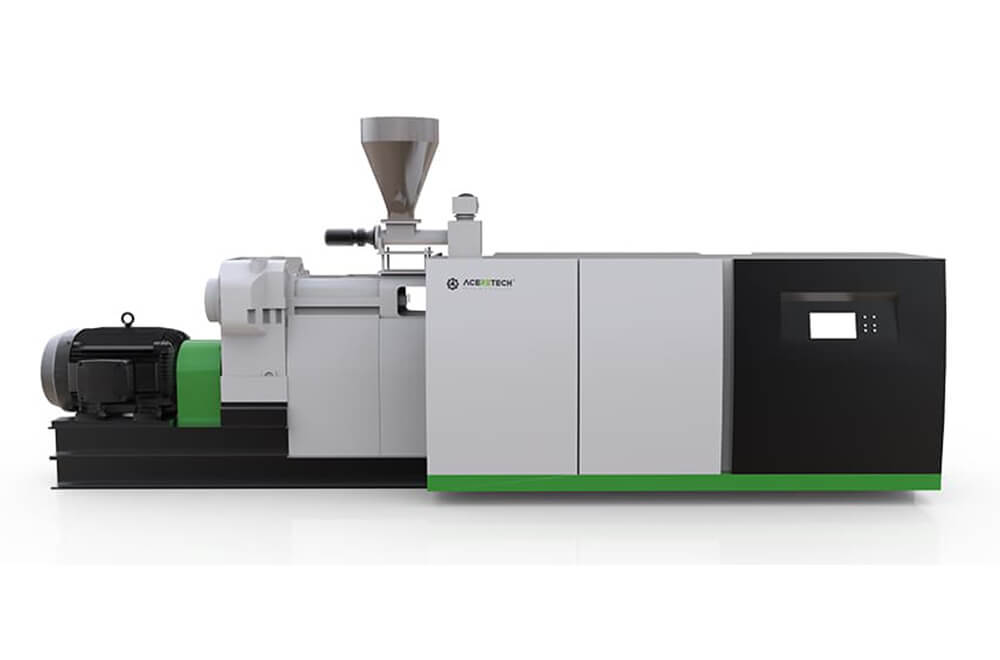
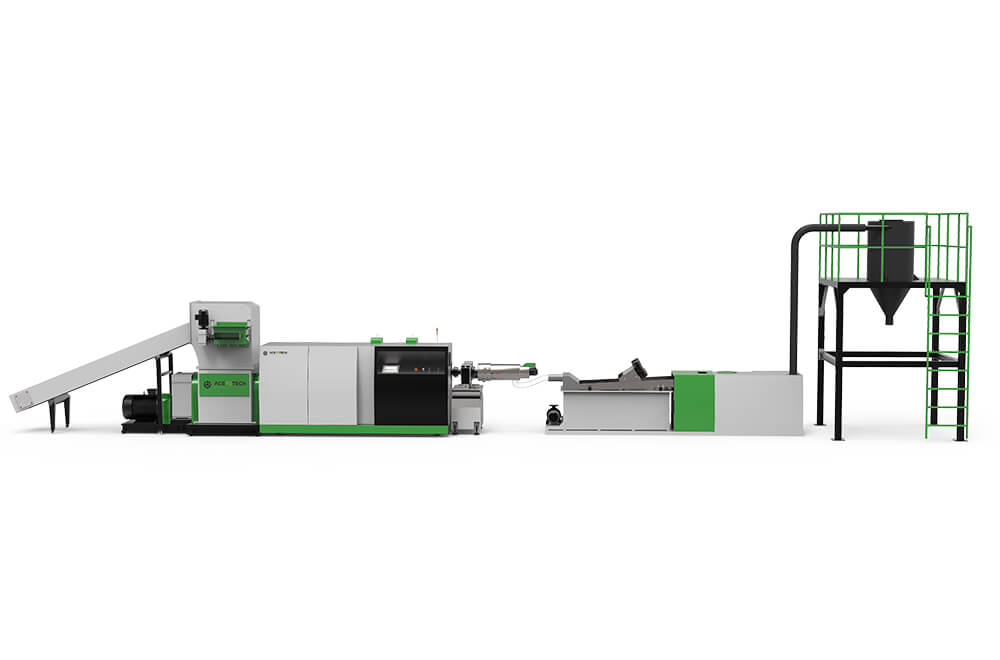
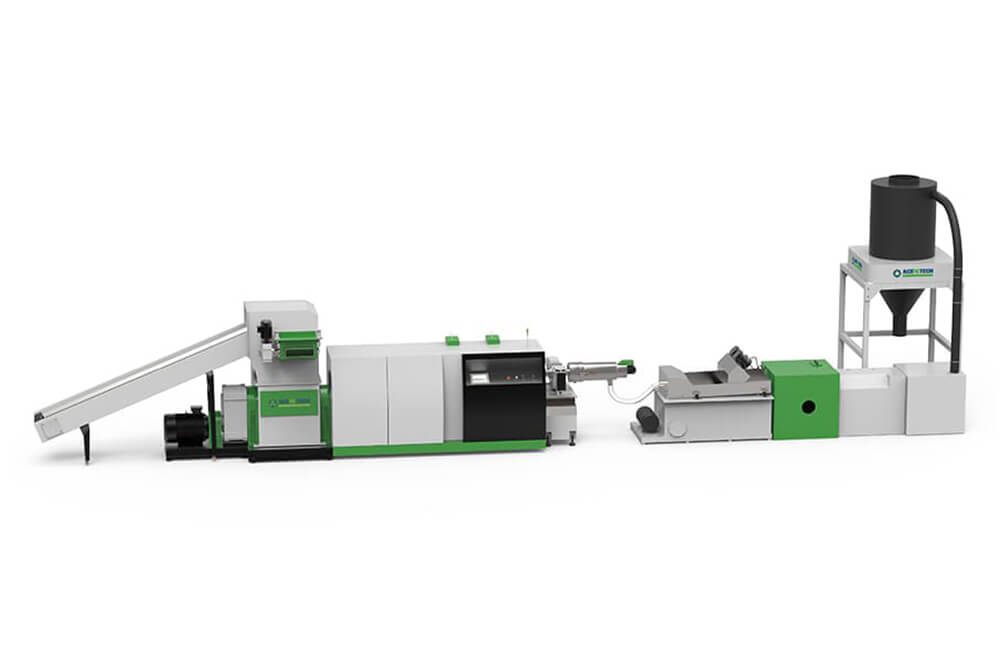

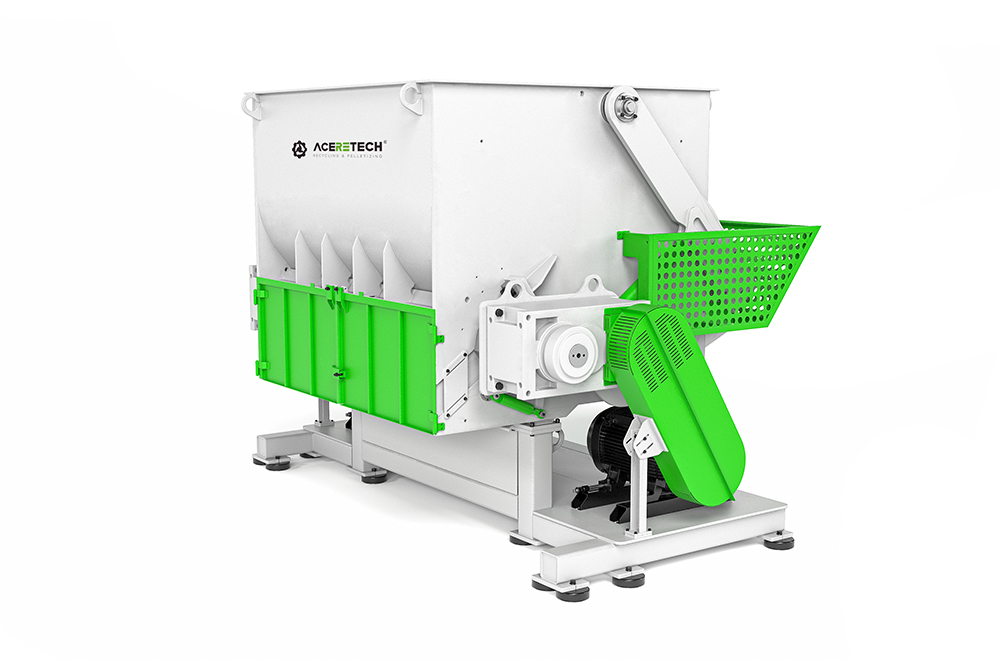
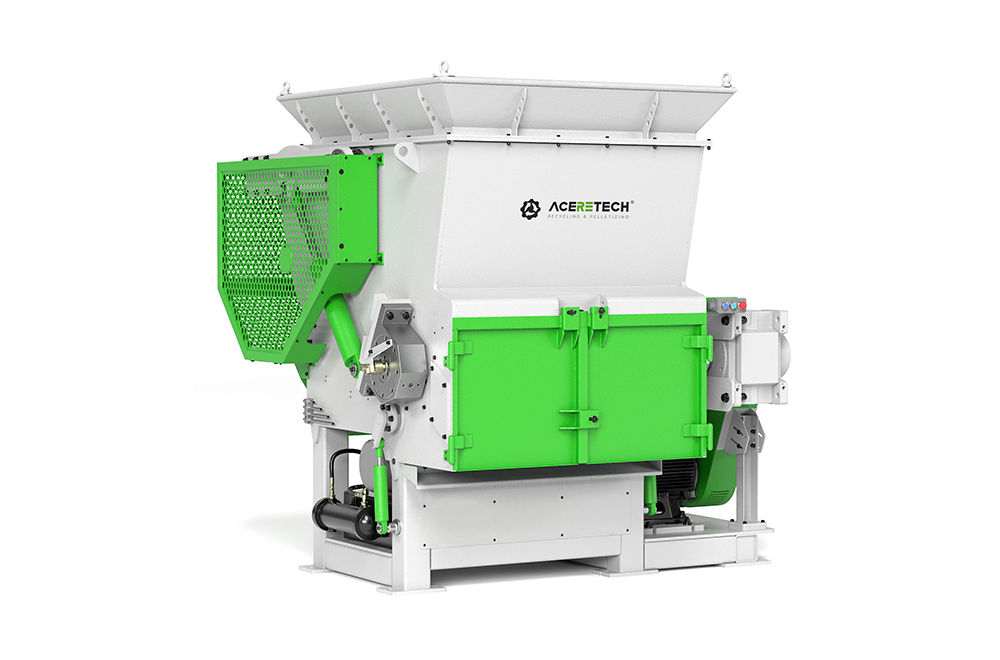
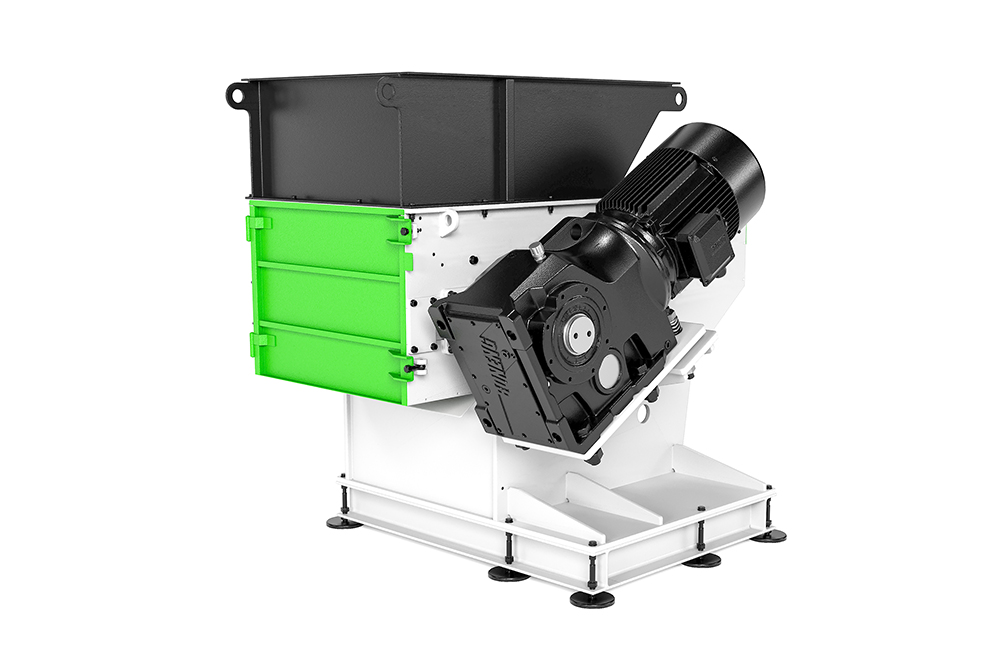
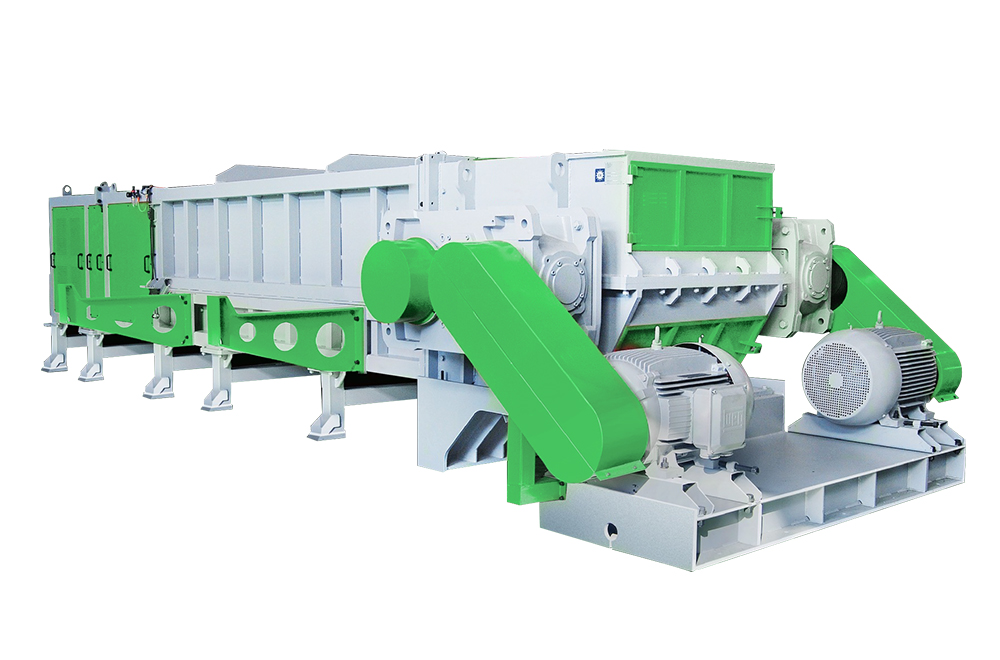
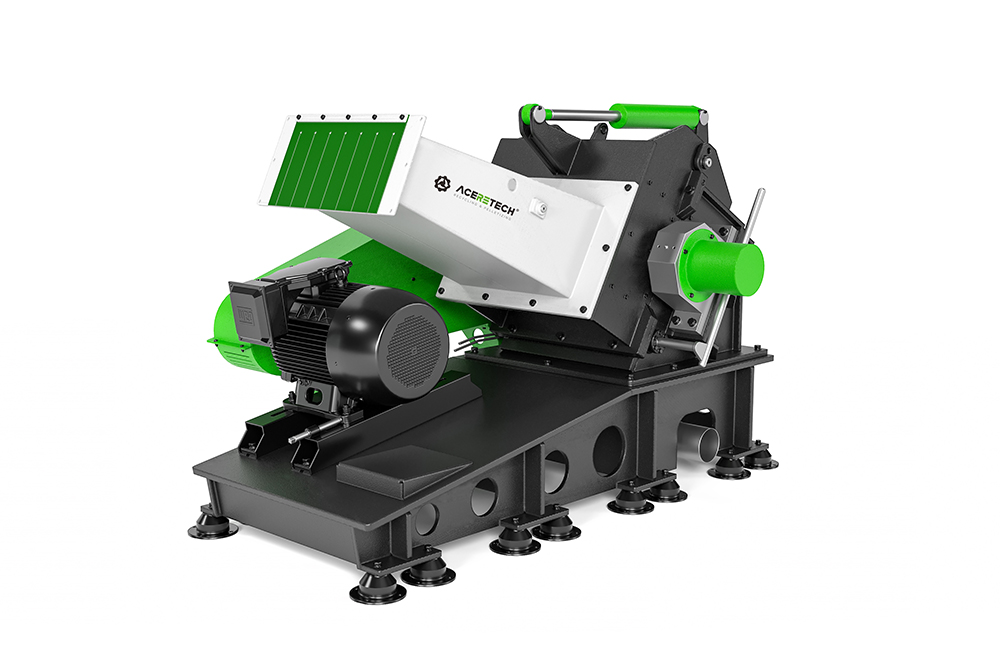
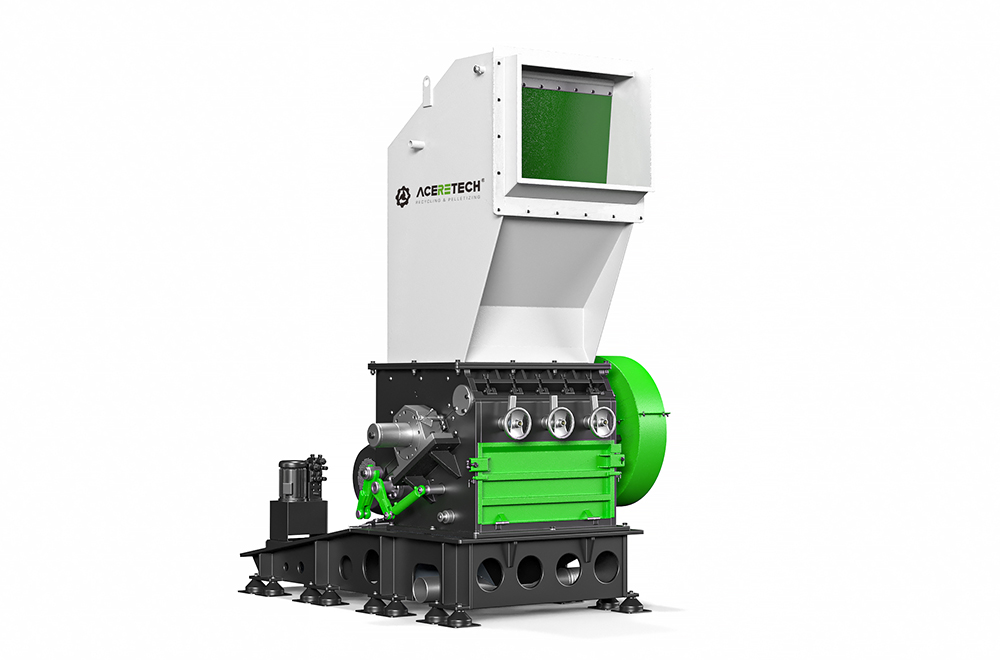
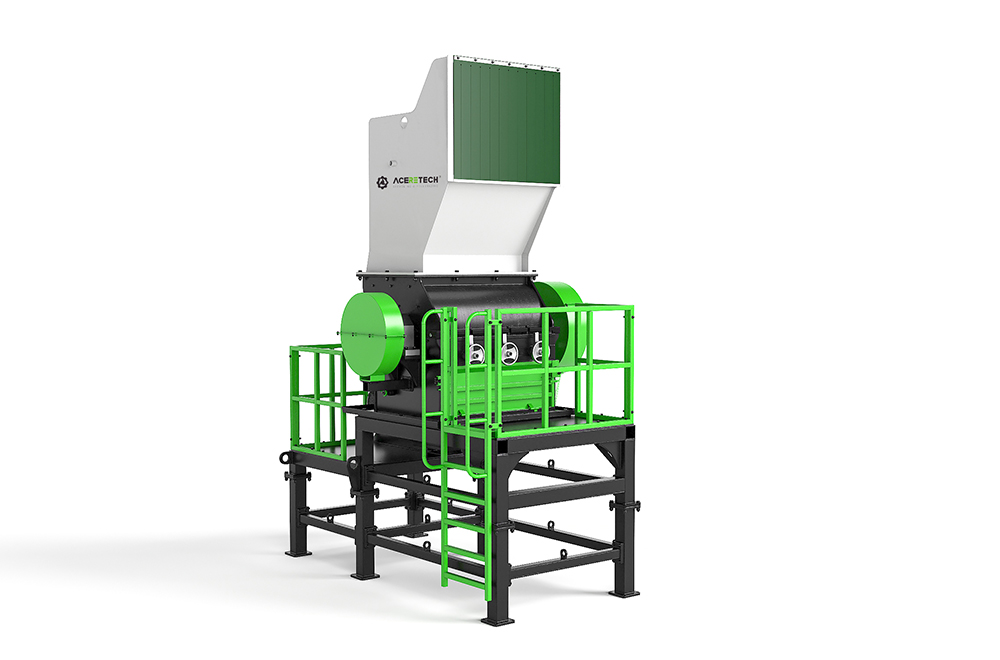
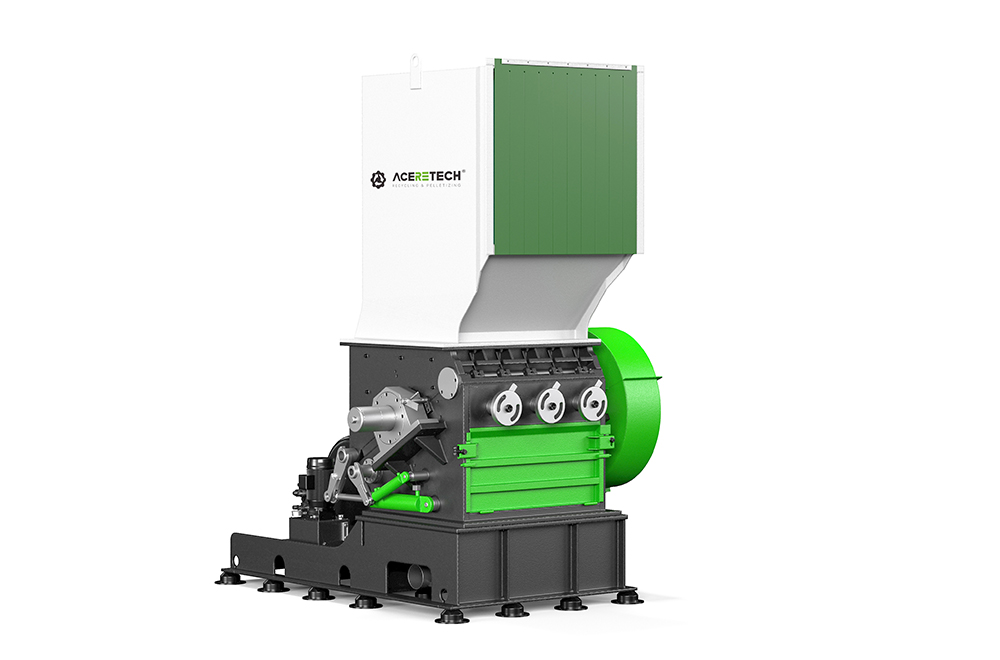
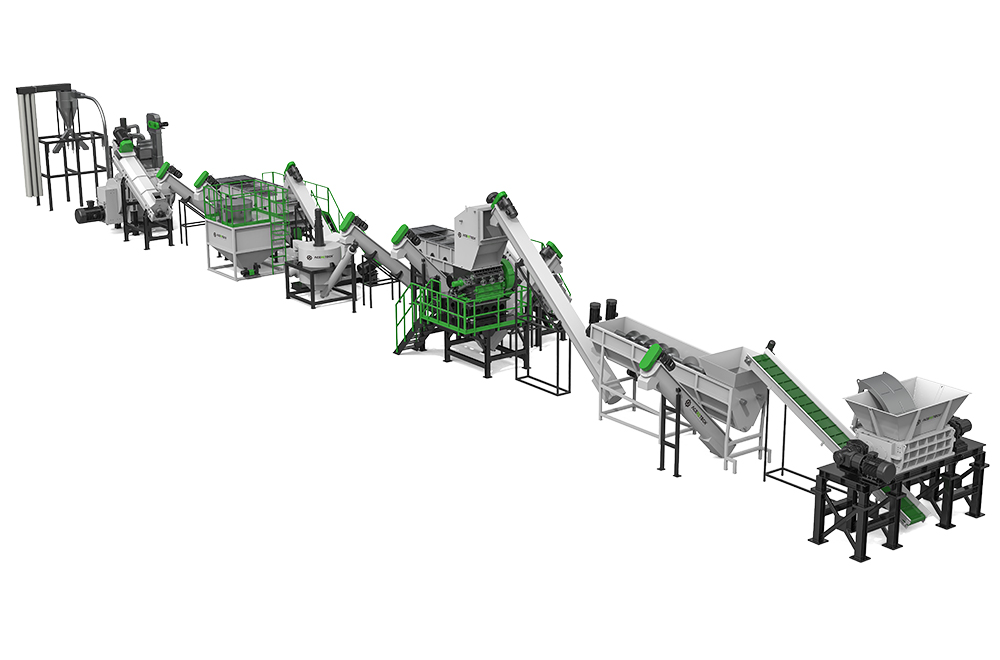
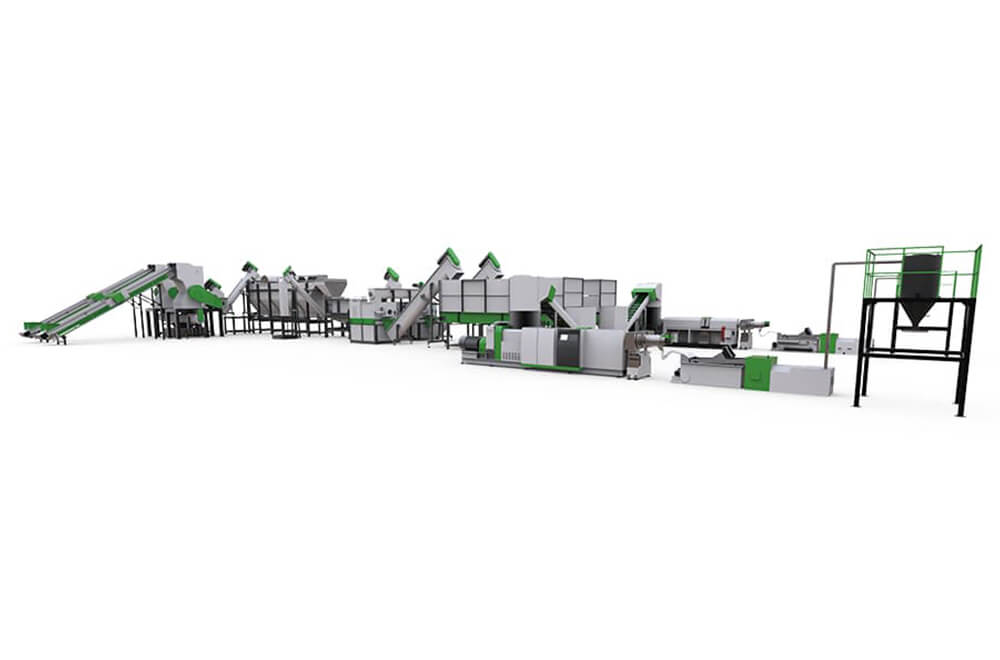
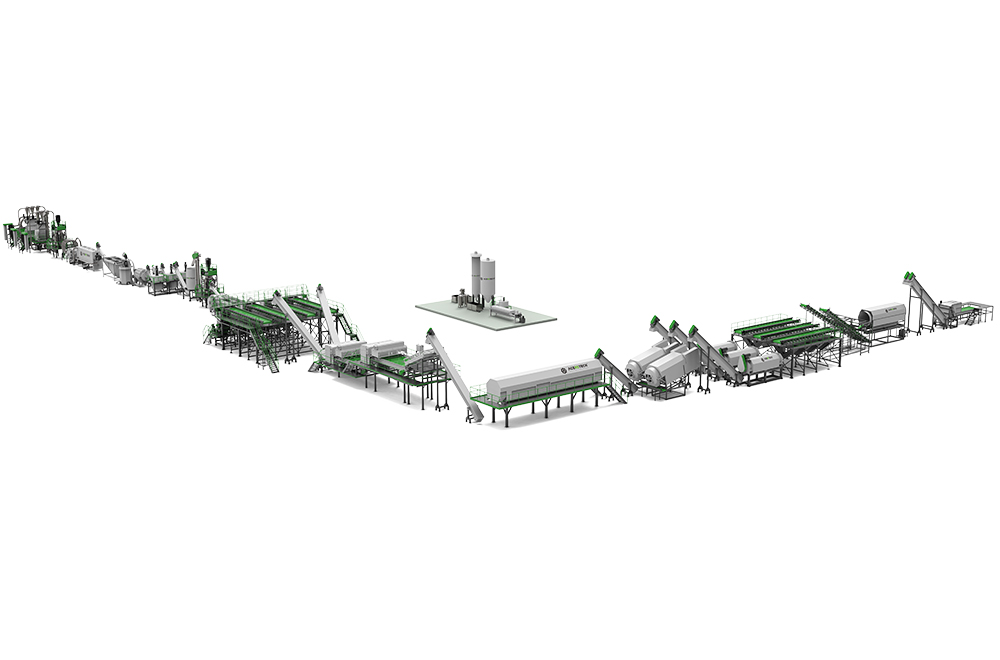
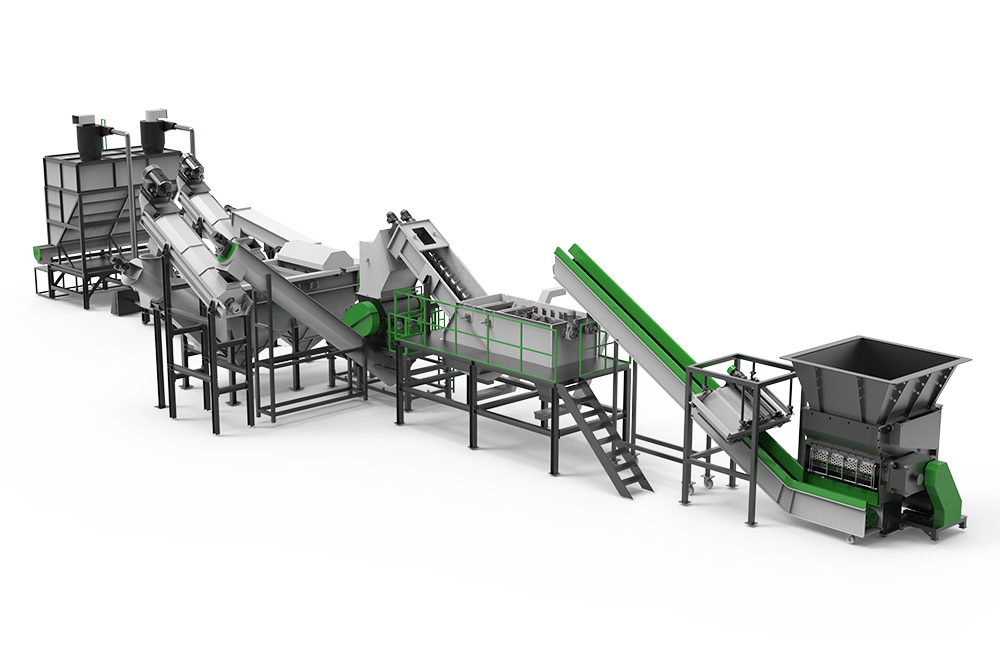
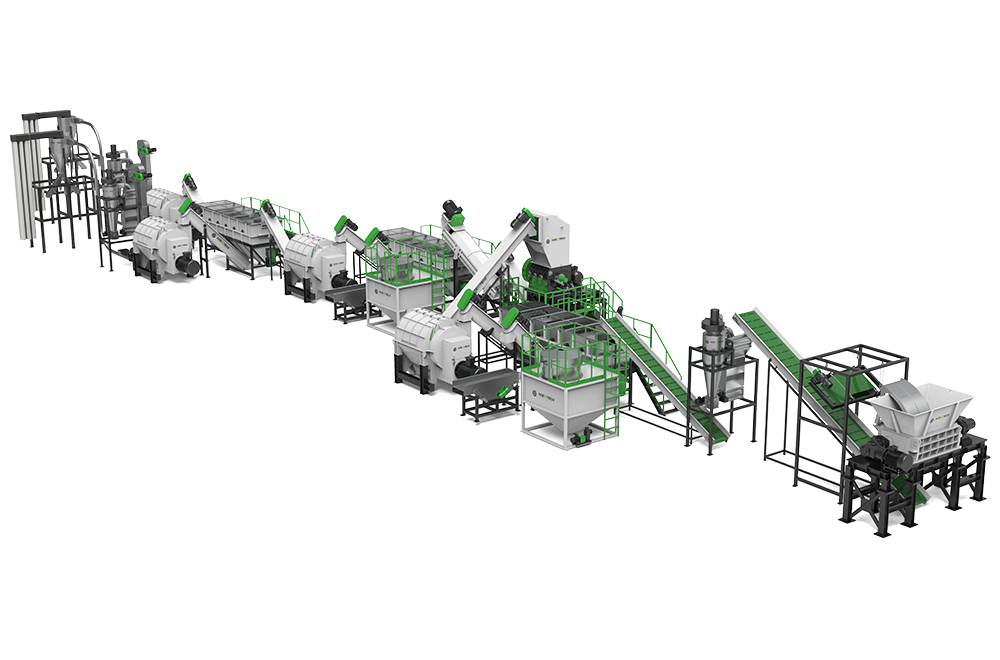
.jpg)
.jpg)
.jpg)
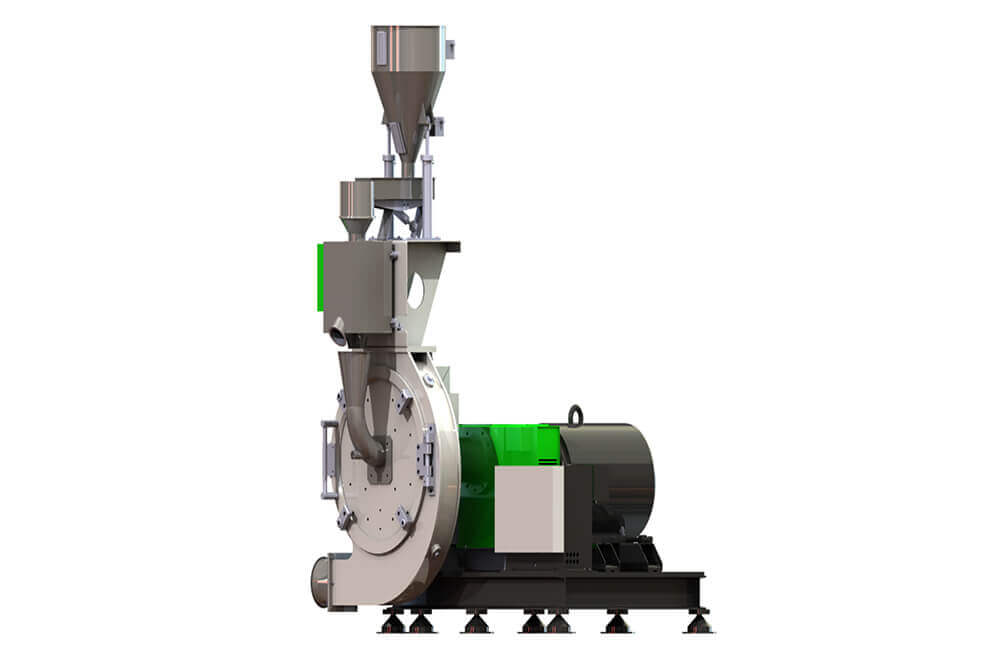
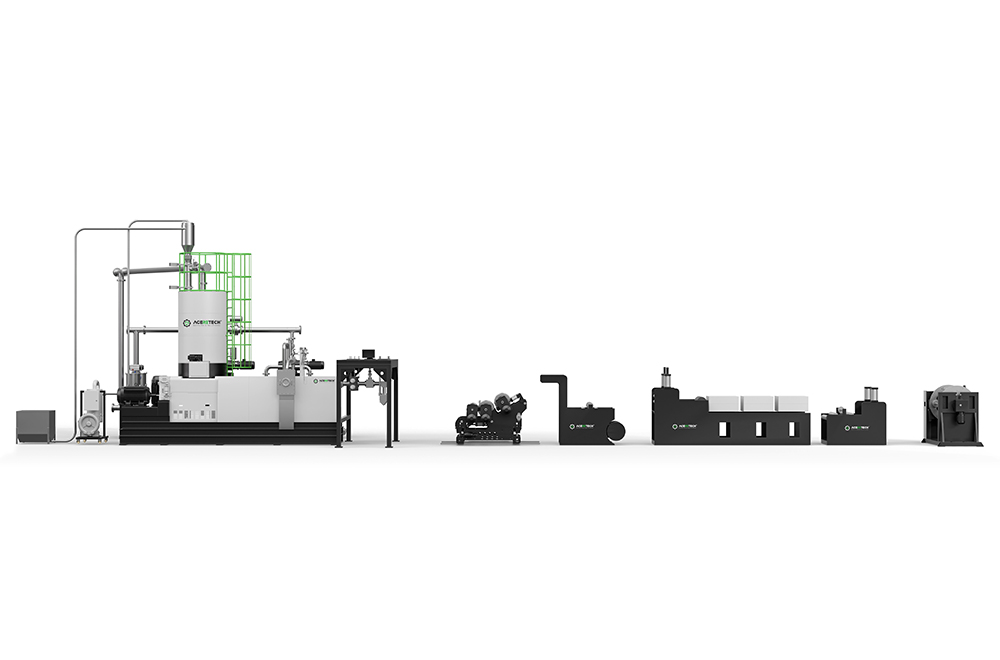
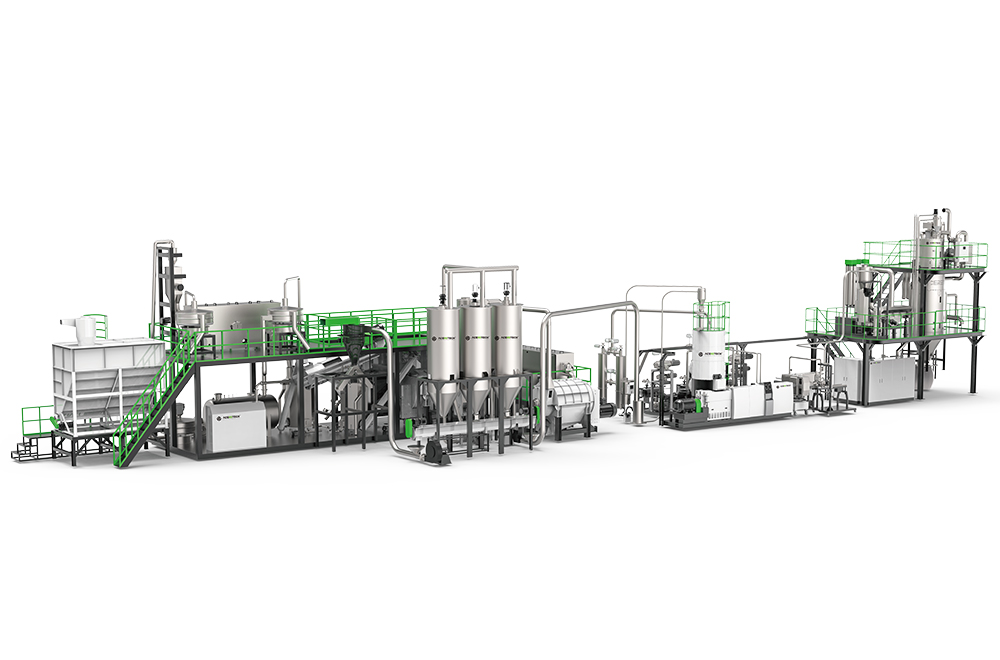
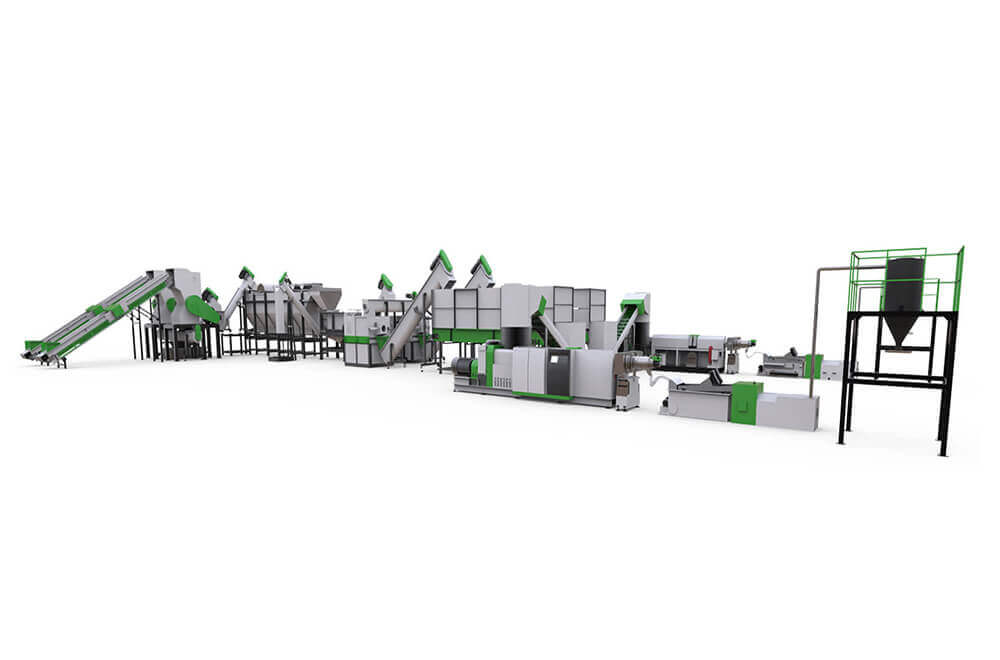
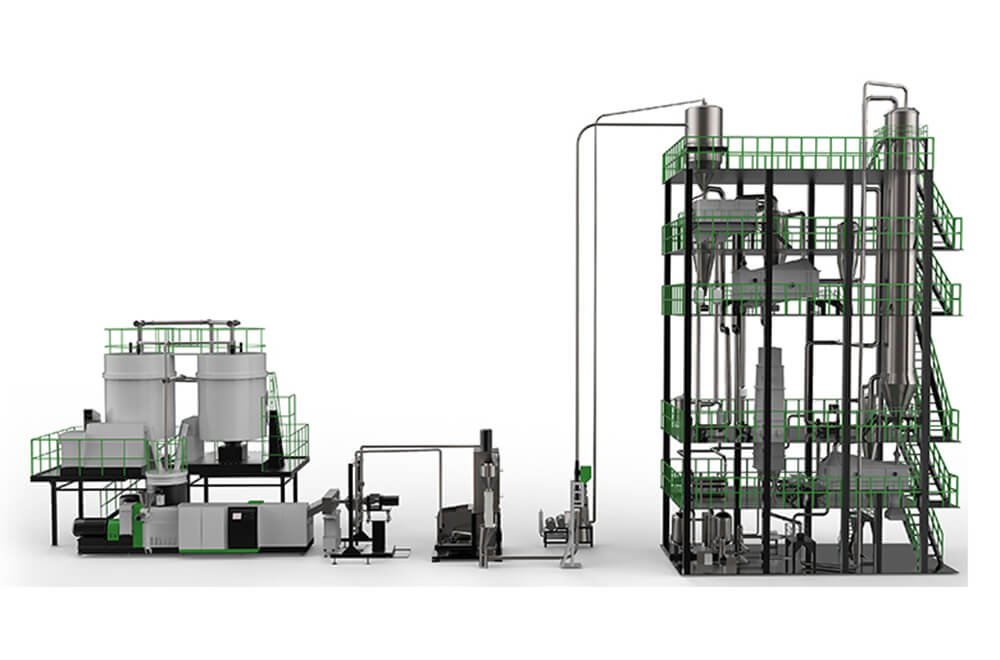
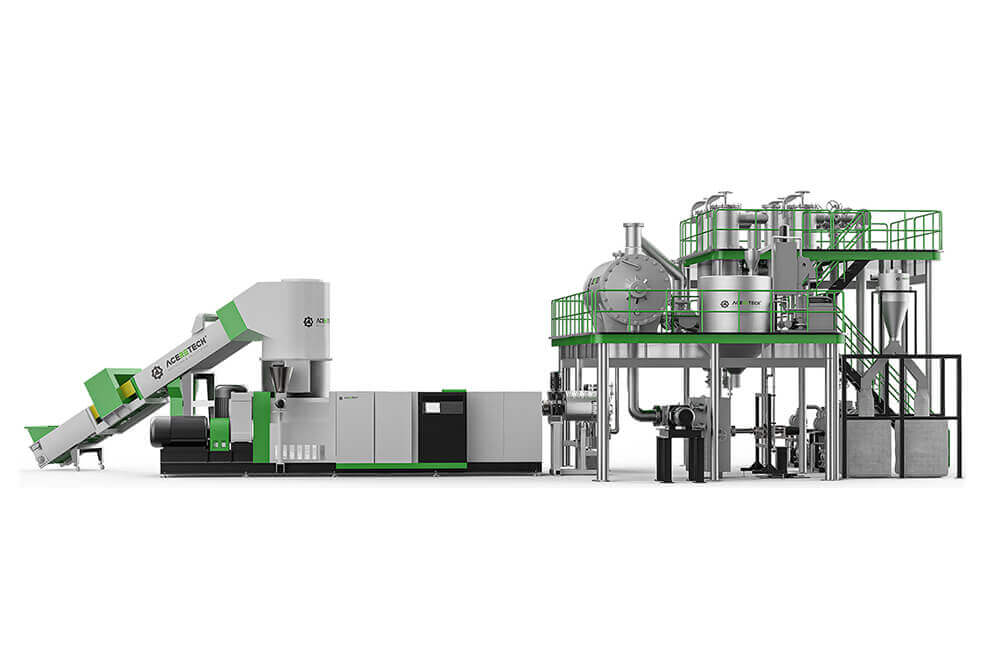
.jpg)

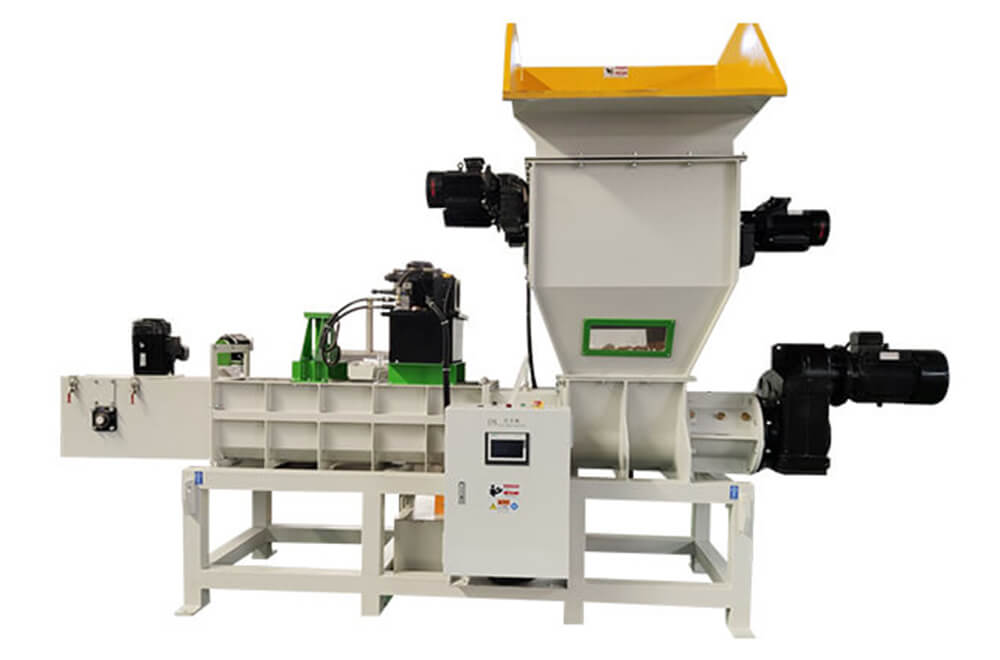
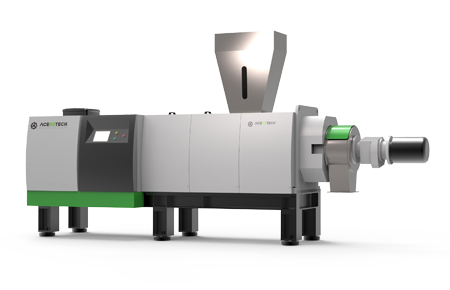
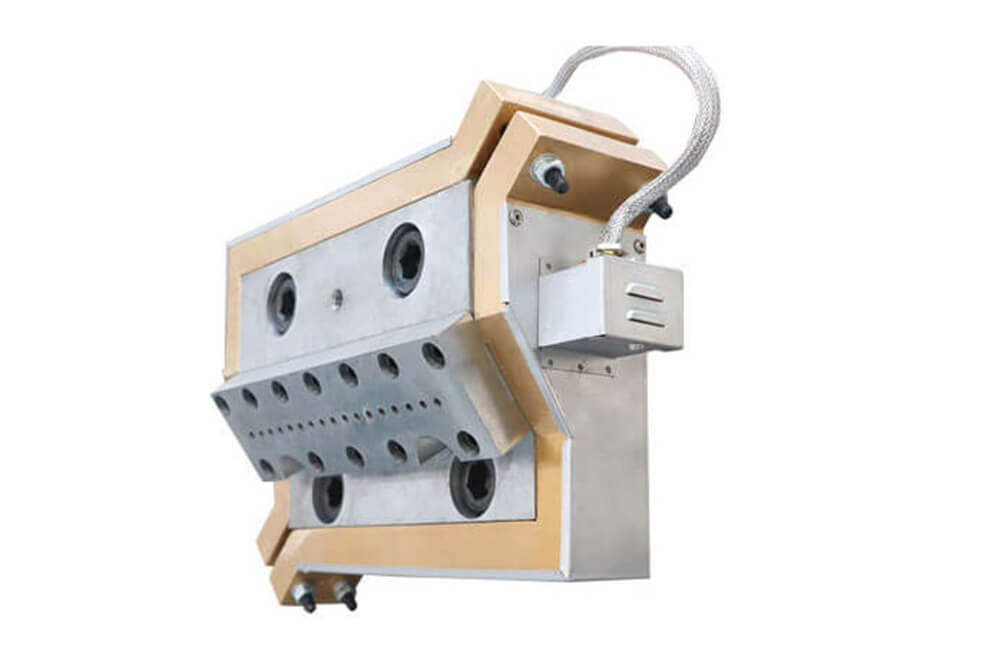
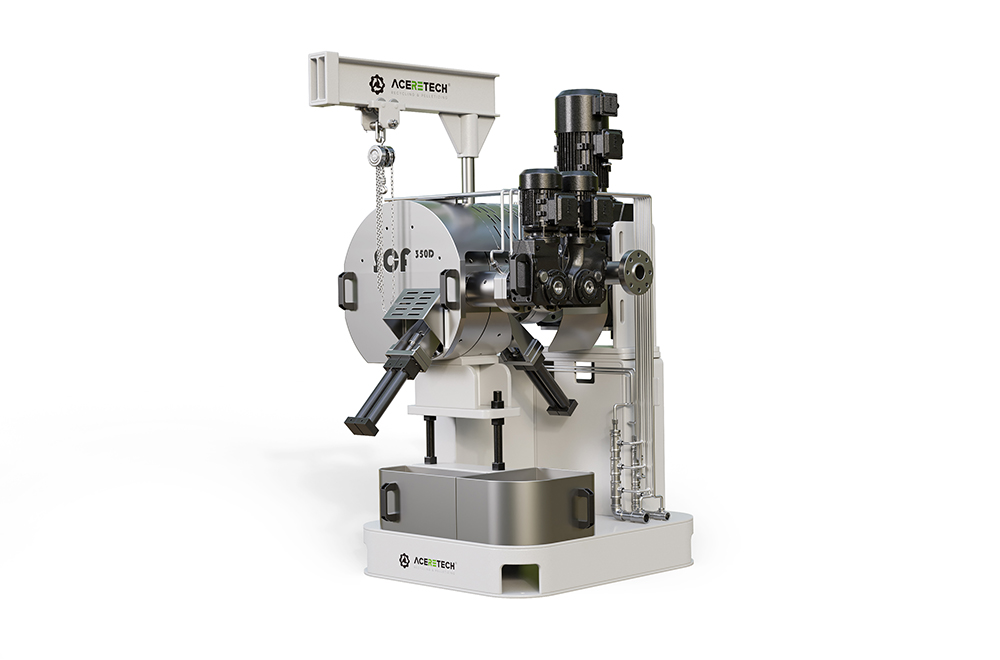
 Contact Us
Contact Us



